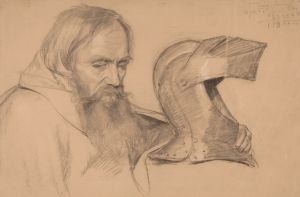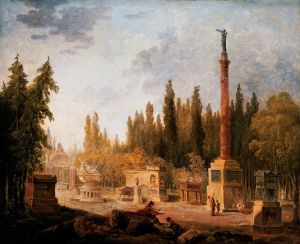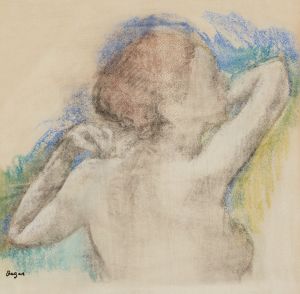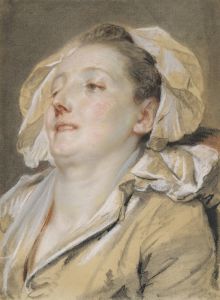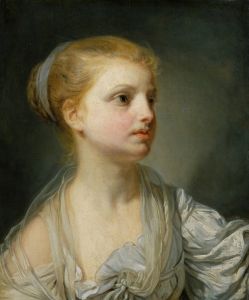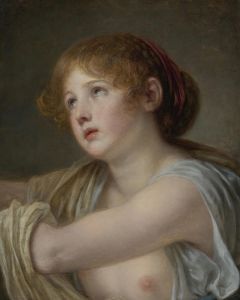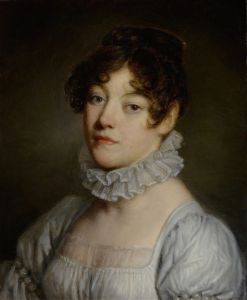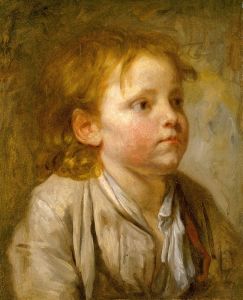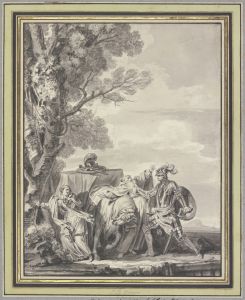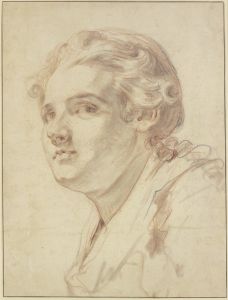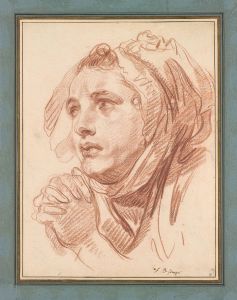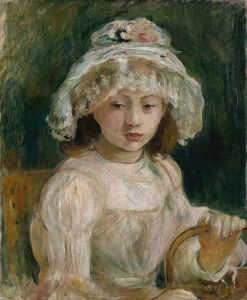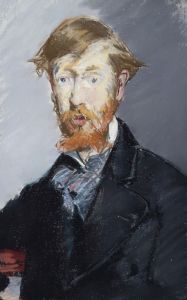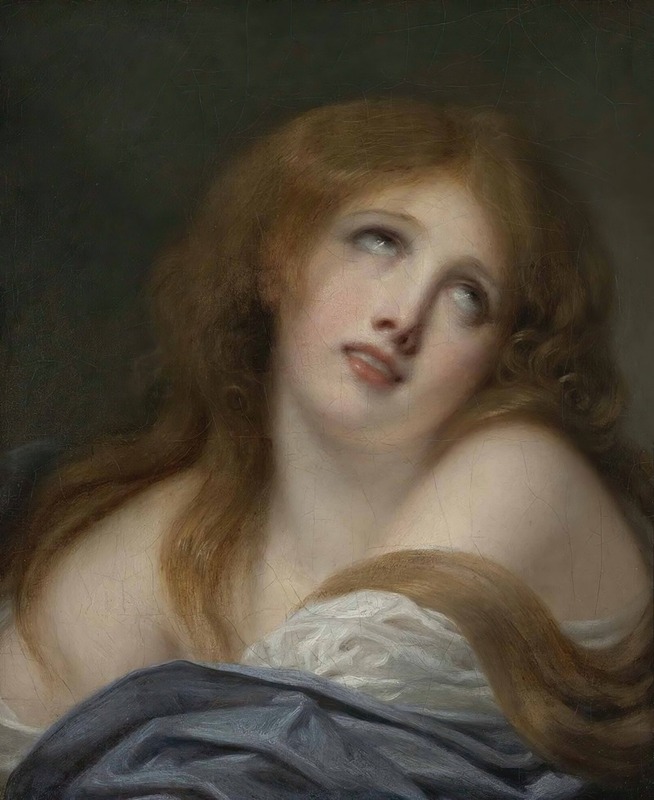
The Bust of a Young Girl, Called Virginie
A hand-painted replica of Jean-Baptiste Greuze’s masterpiece The Bust of a Young Girl, Called Virginie, meticulously crafted by professional artists to capture the true essence of the original. Each piece is created with museum-quality canvas and rare mineral pigments, carefully painted by experienced artists with delicate brushstrokes and rich, layered colors to perfectly recreate the texture of the original artwork. Unlike machine-printed reproductions, this hand-painted version brings the painting to life, infused with the artist’s emotions and skill in every stroke. Whether for personal collection or home decoration, it instantly elevates the artistic atmosphere of any space.
Jean-Baptiste Greuze was a prominent French painter of the 18th century, known for his genre paintings, portraits, and works that often depicted scenes of domestic life with moral undertones. One of his notable works is "The Bust of a Young Girl, Called Virginie." This painting exemplifies Greuze's skill in capturing the delicate features and emotional expressions of his subjects, which was a hallmark of his artistic style.
"The Bust of a Young Girl, Called Virginie" is a portrait that showcases Greuze's ability to render the softness and innocence of youth. The painting features a young girl, often referred to as Virginie, depicted with a gentle and contemplative expression. Her youthful innocence is highlighted through Greuze's meticulous attention to detail, particularly in the rendering of her delicate facial features and the soft texture of her skin. The girl's hair is styled simply, and her attire is modest, which directs the viewer's focus to her face and expression.
Greuze's work during this period was characterized by a departure from the Rococo style that dominated French art in the early 18th century. Instead, he embraced a more naturalistic approach, which aligned with the emerging Neoclassical movement. His paintings often conveyed moral lessons or explored themes of virtue and innocence, resonating with the Enlightenment ideals of the time. "The Bust of a Young Girl, Called Virginie" fits within this context, as it captures a sense of purity and introspection.
The painting is executed with a soft color palette, utilizing gentle hues that enhance the serene and tender mood of the portrait. Greuze's technique in using light and shadow adds depth to the image, creating a lifelike presence that engages the viewer. The subtle play of light across the girl's face and the careful rendering of her eyes contribute to the emotional impact of the work.
Jean-Baptiste Greuze's portraits were highly sought after during his lifetime, and he enjoyed considerable success and recognition. His ability to convey emotion and character through portraiture made him a favorite among patrons who desired more than just a likeness; they sought a narrative or emotional connection within the artwork. "The Bust of a Young Girl, Called Virginie" is a testament to Greuze's talent in this regard, as it captures not only the physical appearance of the young girl but also an intangible sense of her inner world.
While specific details about the identity of the girl called Virginie or the circumstances of the painting's commission may not be well-documented, the work remains an important example of Greuze's contribution to portraiture and his influence on the art of his time. Today, Greuze's works, including this portrait, are appreciated for their technical skill and their ability to evoke emotion, continuing to captivate audiences with their timeless beauty and sensitivity.





